There’s more to managing a brand’s social media account than simply posting engaging content and responding to comments. Good and bad news travels fast, especially online, so a single post has the power to make or break a reputation. As a result, marketers need to stay ahead of the conversation. That’s where social listening comes into play.
More than simply tracking brand mentions, social listening offers a strategic way to understand, engage and influence public perception.
Whether you’re managing crisis communications, building influencer relationships, or launching a major campaign, understanding the five W’s: Who, What, Where, When, and Why, can transform your PR strategy from reactive to proactive. Here’s how.
1. Who should you be listening to?
Successful PR isn’t just about telling your story; it’s about knowing who’s listening – and who’s talking. Social listening gives you the power to tune into the voices that matter most. These include your customers and potential buyers, who can offer insights into what’s working and what needs improvement.
Elsewhere, journalists and media outlets provide context on the types of stories gaining traction, while influencers and thought leaders help shape public discourse. Competitors and their audiences can also reveal opportunities or gaps in the market.
Even internal stakeholders, including employees, partners, and shareholders, are key voices that can influence brand perception. Listening to all these groups allows for more relevant and tailored communications.
2. What should you be tracking?
Social listening is about more than just name-checking your brand. It’s about capturing the full context of how your organisation is being perceived and discussed. Tracking should include direct mentions of your business, leadership, or flagship products, as well as indirect references and sentiment trends. Plus, industry-wide discussions and breaking news can inform positioning and content strategy.
Monitoring competitors’ activities – and the public’s response to them – helps identify opportunities for differentiation. In times of crisis, sudden shifts in sentiment or volume of conversation can serve as early warning signs. Additionally, tracking branded hashtags and campaign-specific keywords offers real-time insight into the performance and public reception of your efforts.
3. Where should you be listening?
To get a full picture of public sentiment and influence, you need to listen beyond the obvious channels. Social media platforms like LinkedIn, Instagram, X (formerly Twitter), Facebook, and emerging players like BlueSky are key spaces for brand conversations.
However, communities on forums like Reddit and Quora can offer candid insights, often more honest than curated social posts. Review platforms such as Glassdoor, G2, and Trustpilot provide valuable feedback from customers and employees alike.
Even content-centric platforms like YouTube and TikTok shouldn’t be overlooked – mentions there may be verbal or visual, but just as impactful. A robust listening strategy casts a wide net to capture conversations wherever they happen.
4. When should you be listening?
The short answer is: always.
Social listening should be a continuous, always-on effort. Real-time monitoring enables rapid response to emerging crises or viral moments, ensuring you can protect and shape your brand narrative. But it’s also essential before, during, and after campaigns or key events to measure impact, inform strategy, and gather feedback.
Whether launching a product, responding to industry news, or managing a reputational issue, timely insight is everything. Ongoing listening supports long-term brand health and helps ensure that communication strategies evolve in line with audience expectations.
5. Why does social listening matter for PR?
Ultimately, social listening matters because it transforms PR from a reactive function into a strategic driver of brand success. It empowers teams to detect issues before they escalate, understand what audiences really care about, and tailor messaging that resonates.
Businesses gain a competitive edge by observing how others succeed (or fail) and can better identify the journalists and influencers shaping the conversation. It’s also invaluable for trend spotting, helping brands position themselves ahead of the curve. The consensus is that the brands that thrive are the ones that listen well – and act fast.
Keep your ear to the ground
Remember, social listening isn’t just a tech buzzword – it’s an essential component of any modern digital marketing strategy. By embracing the five W’s, digital marketing and PR teams can gain richer insights, build stronger media relationships, and protect brand reputation in an age where visibility is everything.
If your organisation isn’t already leveraging a comprehensive social listening strategy, now’s the time to start. With the right tools and a clear framework, you’ll not only keep up with the conversation, you’ll lead it.

